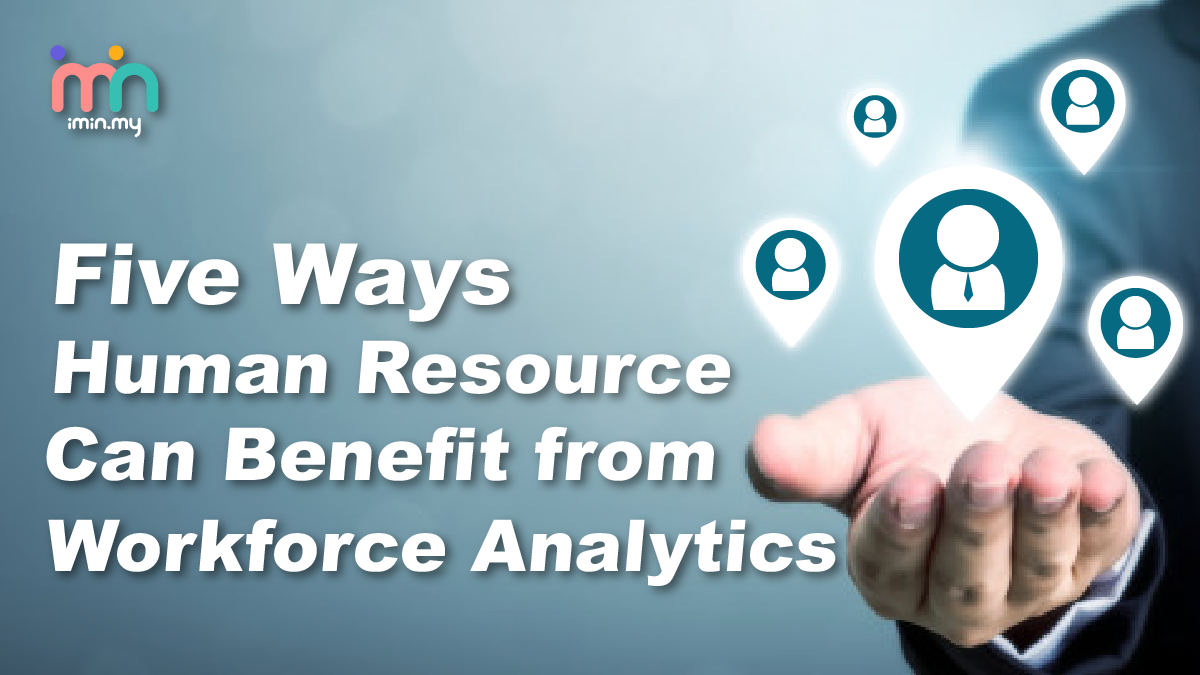The world of business is undergoing revolutionary transformations with innovative virtues offered by key components such as big data and hiring analytics. Provided that organisations capitalise on their data analyses, employers can improve their decision-making through useful business awareness. In the case of human resource industry, big data and workforce analytics are capable of assessing the past and deciding the future of hiring. Hence, here are the five ways human resource can benefit from workforce analytics.
Informed hiring decisions
Human resource departments benefit significantly from analytic predictions by filtering out capable candidates from outsiders during first rounds. Through narrowing candidate pools, workforce analytics help companies to reduce their tedious tasks and increase their efficiencies during hiring processes. These actions will lead organisations to lowered costs of hiring and boost employers’ chances of finding the right person for the right job.
Equal pay system
In addition to a better hiring approach, workforce analytics are a proven strategy to earn employees’ trust via creating a fair pay system for them. Knowing the salary packages of colleagues and the methods companies use to differentiate employees are the vital steps to establish an appropriate pay mechanism. A transparent attitude towards business operations, such as providing righteous wage rates for relevant workloads demonstrates employers’ integrity and builds honest yet solid company cultures.
Minimise turnover expenses
Losing employees hurts, not to mention those who are experts in driving sales revenues for companies. This is the reason why every human resource department needs workforce analytics to forecast turnovers on a personal basis. A sufficient database would prepare employers to spot flight-risk employees and safeguard their businesses from turnovers by retaining their top talents or employing excellent replacements.
Uncover the true potential of employees
Sometimes it is not the employees’ fault that certain strategies are ineffective. One cause behind this is that great talents are being placed in the wrong roles. When companies do not maximise the strength of their workers, even the most gifted employees could not bring them success. Fortunately, in this regard, workforce analytics supply detailed information for employers to determine the skills and knowledge of their employees. An insight like this allows companies to assign their workers to a better designated position.
Empowered by data
It is no coincidence that most of the largest organisations on the globe spend hundreds of millions on data acquisitions and analyses. This is because these companies realise that the data on their employees, clienteles and industry peers enables them to predict their business prospects in multiple areas. Should they foresee a bad return on investment in future, they can alter their business directions and marketing modes immediately.
Conclusion
By and large, the data volume enterprises generate is not going to decelerate. In fact, its rapid development in the digital age makes workforce analytics indispensable for the competitive advantages of companies. Through harnessing and deciphering data that will be of assistance, companies put themselves in a position to succeed. If you wish to find out how would your business gain from workforce analytics, click here to explore I’m In’s Human Resource Management System now. (https://www.imin.my/)




 Huawei
Huawei



